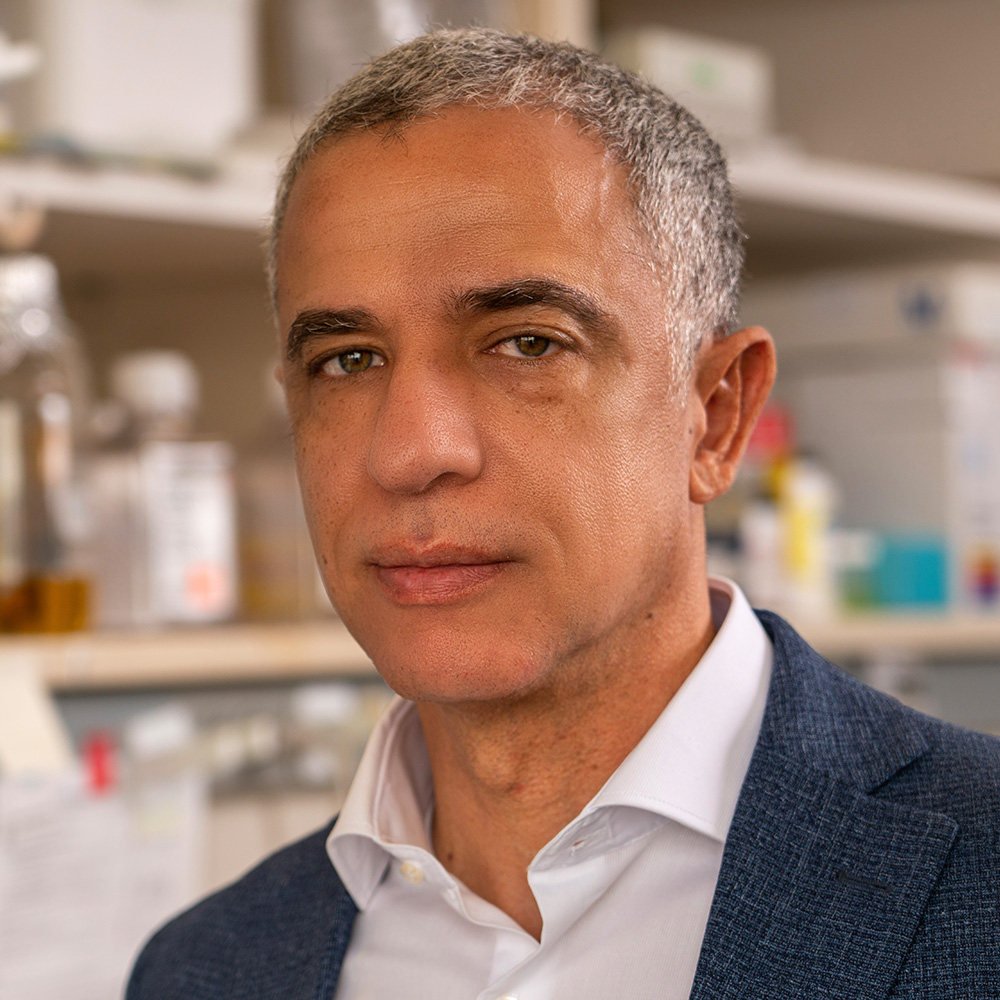Drug combo shows promise in restoring cardiac function
Repurposed medications spur muscle regeneration that could reverse heart failure

DALLAS – April 16, 2024 – Heart failure patients may one day be able to restore cardiac function with medications that revive the body’s ability to regenerate heart muscle, a novel study at UT Southwestern Medical Center suggests.
Heart failure affects close to 30 million people worldwide. An underlying cause is the inability of the adult myocardium – the muscle layer that helps the heart pump blood – to regenerate after injury, such as a heart attack.
In a study published in Nature Cardiovascular Research, a team from UT Southwestern demonstrated that two FDA-approved drugs, paromomycin (Paro) and neomycin (Neo), improved left ventricular systolic function and decreased scar formation in both small and large animal models after a cardiac injury. The medications, when given in combination, target two proteins that regulate the heart muscle’s regeneration capabilities.
“Our study suggests that pharmacological targeting of the transcription factors Meis1 and Hoxb13 can be a viable therapeutic option for patients with heart failure,” said study leader Hesham Sadek, M.D., Ph.D., Professor of Internal Medicine in the Division of Cardiology and Associate Director of the Hamon Center for Regenerative Science and Medicine at UT Southwestern. “Heart muscle regeneration is present in mammals in utero and for a brief window of time after birth but is lost shortly thereafter because it is blocked by Meis1 and Hoxb13. By inhibiting the transcriptional activity of these proteins with a combination of Paro and Neo, we can induce cardiac muscle replication and stimulate heart regeneration.”
Paro and neo are naturally occurring antimicrobials used to treat parasitic and bacterial skin infections and to decrease the risk of infection after intestinal surgery, among other indications. The drugs were identified from a group of hundreds of potential medications via the study group’s unique platform for detecting FDA-approved drugs that can be repurposed to target new diseases.
Paro and Neo were then tested on animals to determine their effectiveness. The researchers discovered that combining the drugs was most effective in turning off the proteins’ regulation of cell growth. Importantly, the effectiveness of these two drugs in inducing regeneration in large animals holds promise for their potential use in human clinical trials.
The findings build on more than a decade of research at UTSW to identify the capacity of the heart to regenerate myocardial muscle. Earlier studies looked at factors that mediate loss of this regenerative capacity, including the identification of Meis1 and Hoxb13 as key regulators. The latest study is the first to show a drug combination that can induce heart regeneration in small and large mammals.
“The fact that these are FDA-approved drugs with established safety profiles makes it much easier to start testing this in humans in the near future,” said Dr. Sadek, who is also Professor of Biophysics and Molecular Biology at UTSW. “Further studies can help us better understand the efficacy of pro-regenerative therapeutics and accelerate their delivery to the clinical setting.”
UTSW researchers from the Division of Cardiology who contributed to the study include Instructor Mahmoud Ahmed, Ph.D.; Assistant Instructors Waleed M. Elhelaly, M.D., Ph.D., Nicholas Lam, Ph.D., and Ngoc Uyen Nhi Nguyen, Ph.D.; postdoctoral fellows Ching-Cheng Hsu, Ph.D., and Ivan Menendez-Montes, Ph.D.; Suwannee Thet, M.Sc., Research Scientist; and David Zaha, student intern. Other UTSW contributors include Chao Xing, Ph.D., Professor in the Eugene McDermott Center for Human Growth and Development, the Lyda Hill Department of Bioinformatics, and the Peter O’Donnell Jr. School of Public Health; Chengcheng Zhang, Ph.D., Professor of Physiology; Nick V. Grishin, Ph.D., Professor of Biophysics and Biochemistry; Diana R. Tomchick, Ph.D., Professor of Biophysics and Biochemistry; Xiaoye Liu, Ph.D., postdoctoral fellow in the Zhang Lab; Matthieu Dos Santos, Ph.D., postdoctoral fellow in Molecular Biology; Yan Liu, Ph.D., a postdoctoral researcher in the McDermott Center for Human Growth and Development; and Jimin Pei, Ph.D., bioinformatics scientist in the Grishin Lab.
Dr. Sadek holds the J. Fred Schoellkopf, Jr. Chair in Cardiology. Dr. Zhang holds the Hortense L. and Morton H. Sanger Professorship in Oncology and is a Michael L. Rosenberg Scholar in Medical Research. Dr. Grishin holds the Cecil H. and Ida M. Green Chair in Biomedical Science and is a Virginia Murchison Linthicum Scholar in Biomedical Research.
The study was supported by the Hamon Center for Regenerative Science and Medicine as well as grants from the National Institutes of Health (R01 HL137415-02, R01 HL147276-01, R01 HL149137-01, 1P01HL160476-01A1, R35 HL166563-01, P01HL160488, R01GM119336, GM127390, and R01CA248736), the Cancer Prevention and Research Institute of Texas (RP160520), the Leducq Foundation (Redox Regulation of Cardiomyocyte Renewal), the American Heart Association (856552 and 19POST34450039), The Welch Foundation (I-1505), and the Leukemia & Lymphoma Society (6629-21).
About UT Southwestern Medical Center
UT Southwestern, one of the nation’s premier academic medical centers, integrates pioneering biomedical research with exceptional clinical care and education. The institution’s faculty members have received six Nobel Prizes and include 25 members of the National Academy of Sciences, 21 members of the National Academy of Medicine, and 13 Howard Hughes Medical Institute Investigators. The full-time faculty of more than 3,100 is responsible for groundbreaking medical advances and is committed to translating science-driven research quickly to new clinical treatments. UT Southwestern physicians provide care in more than 80 specialties to more than 120,000 hospitalized patients, more than 360,000 emergency room cases, and oversee nearly 5 million outpatient visits a year.
